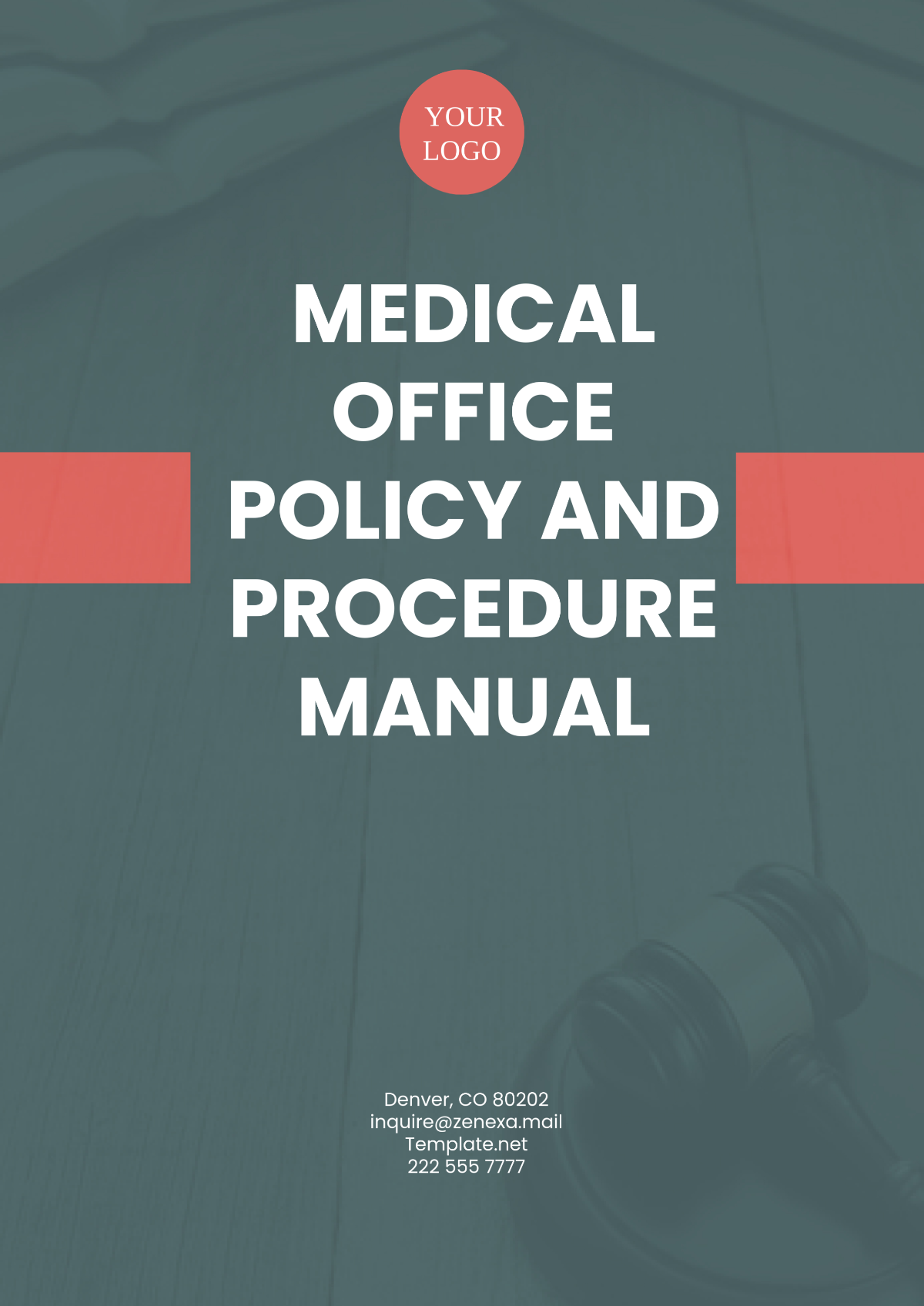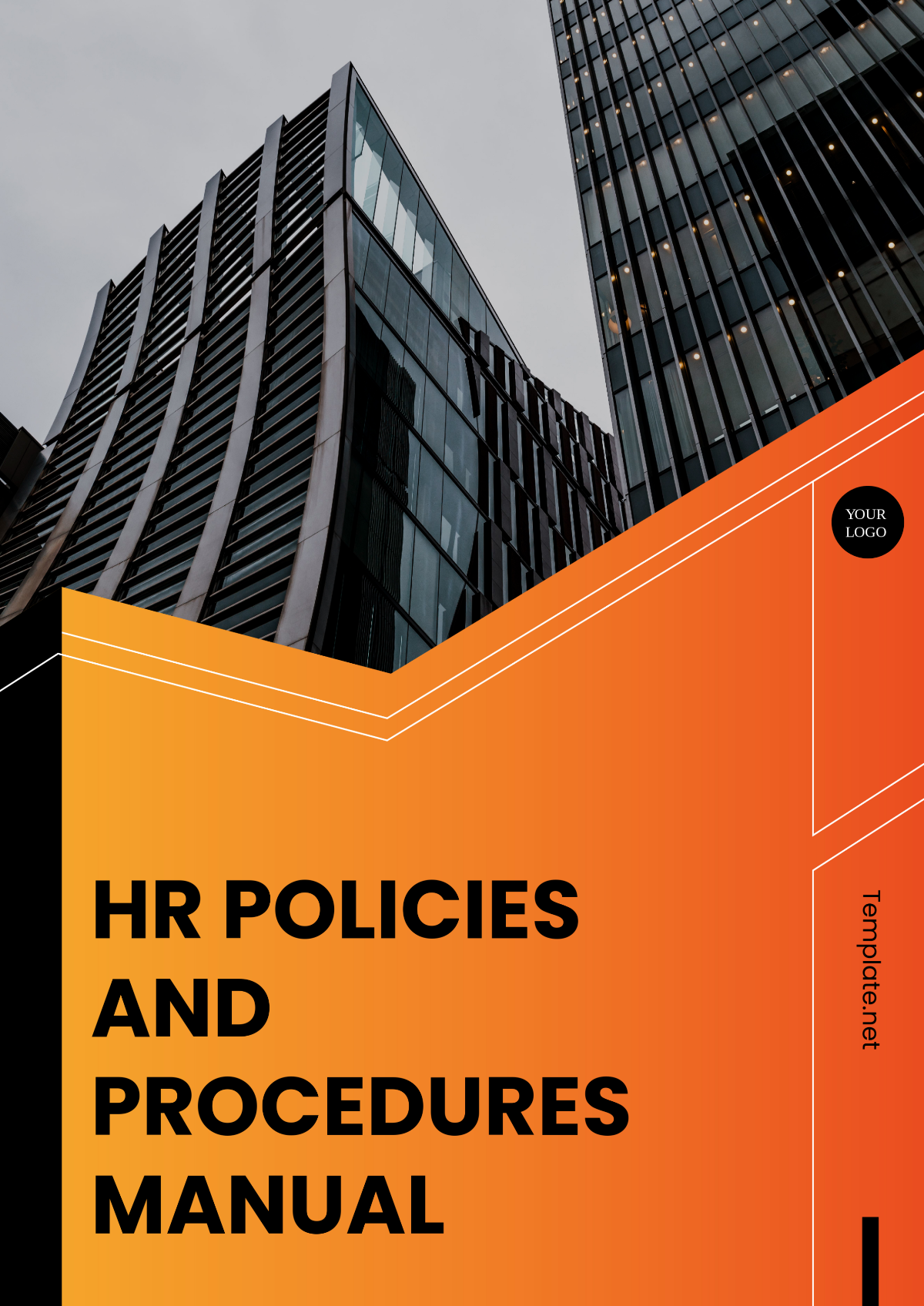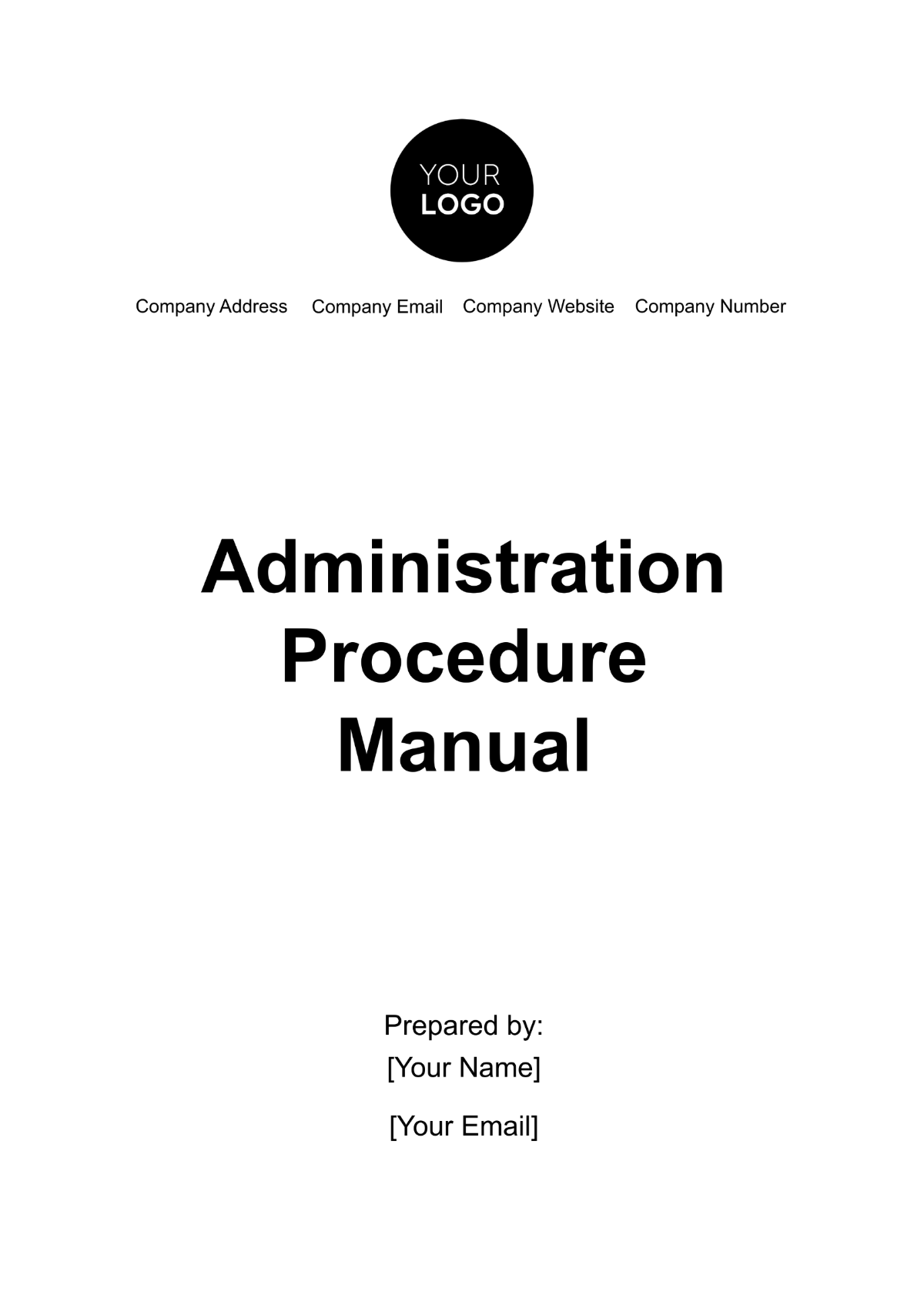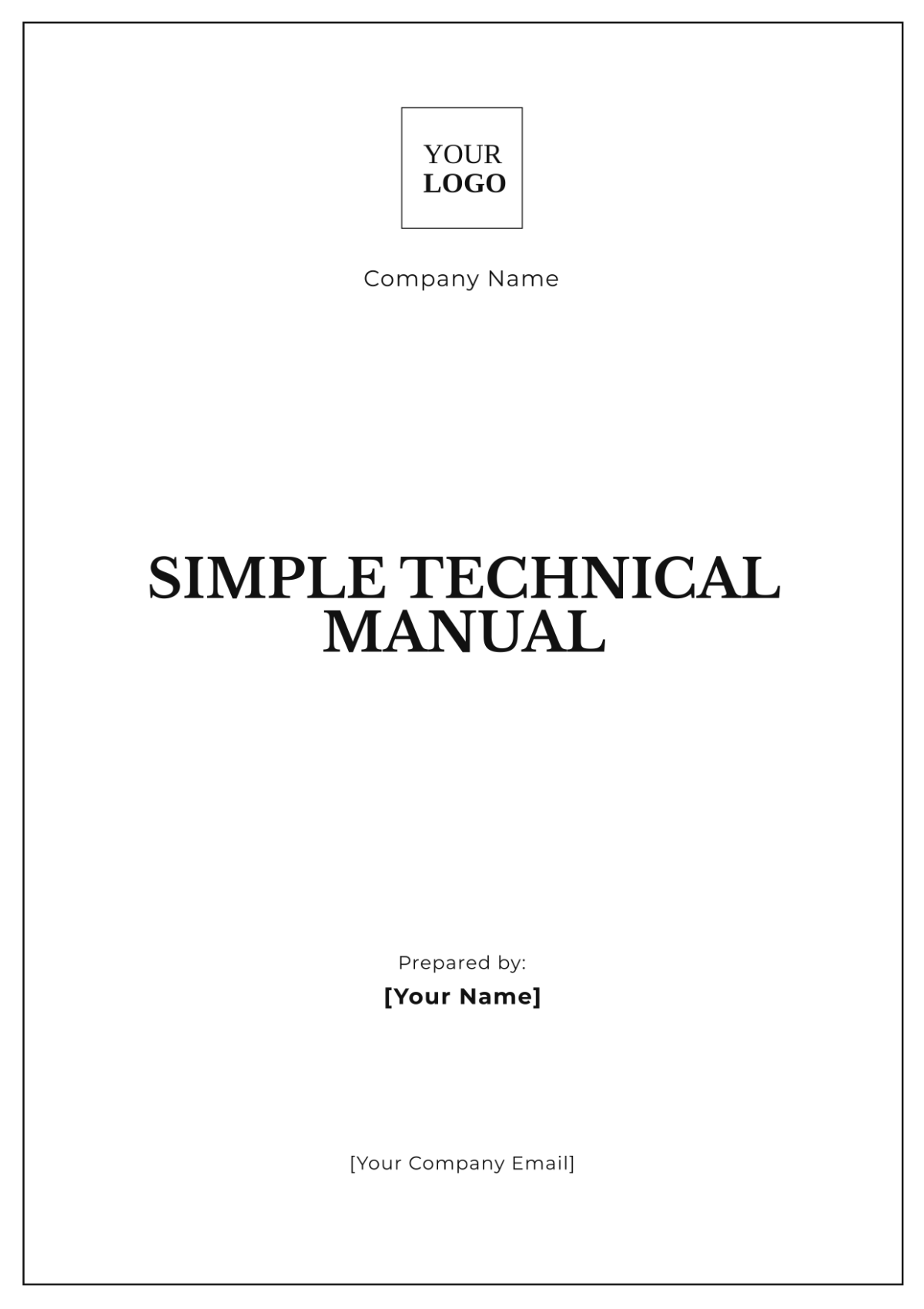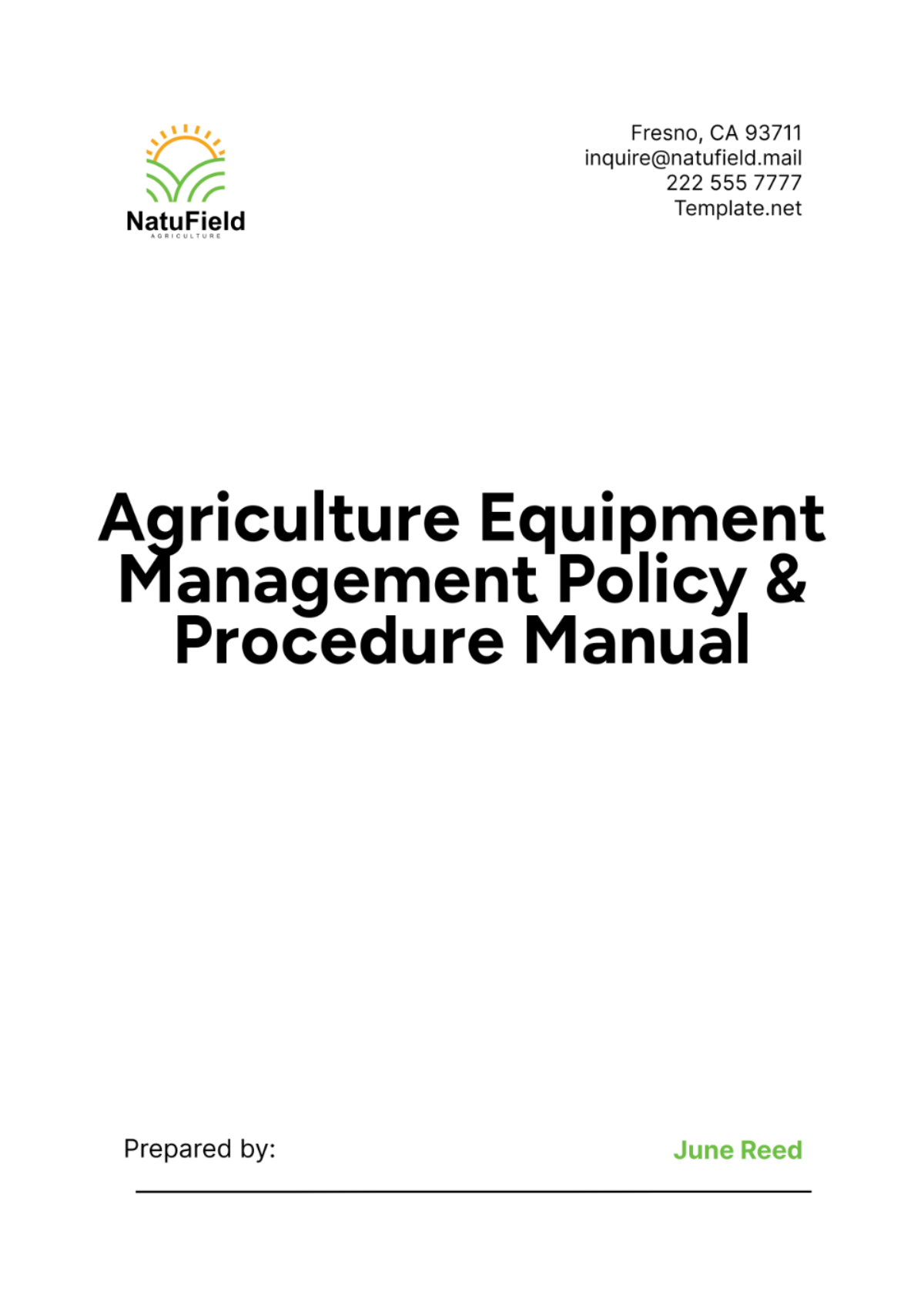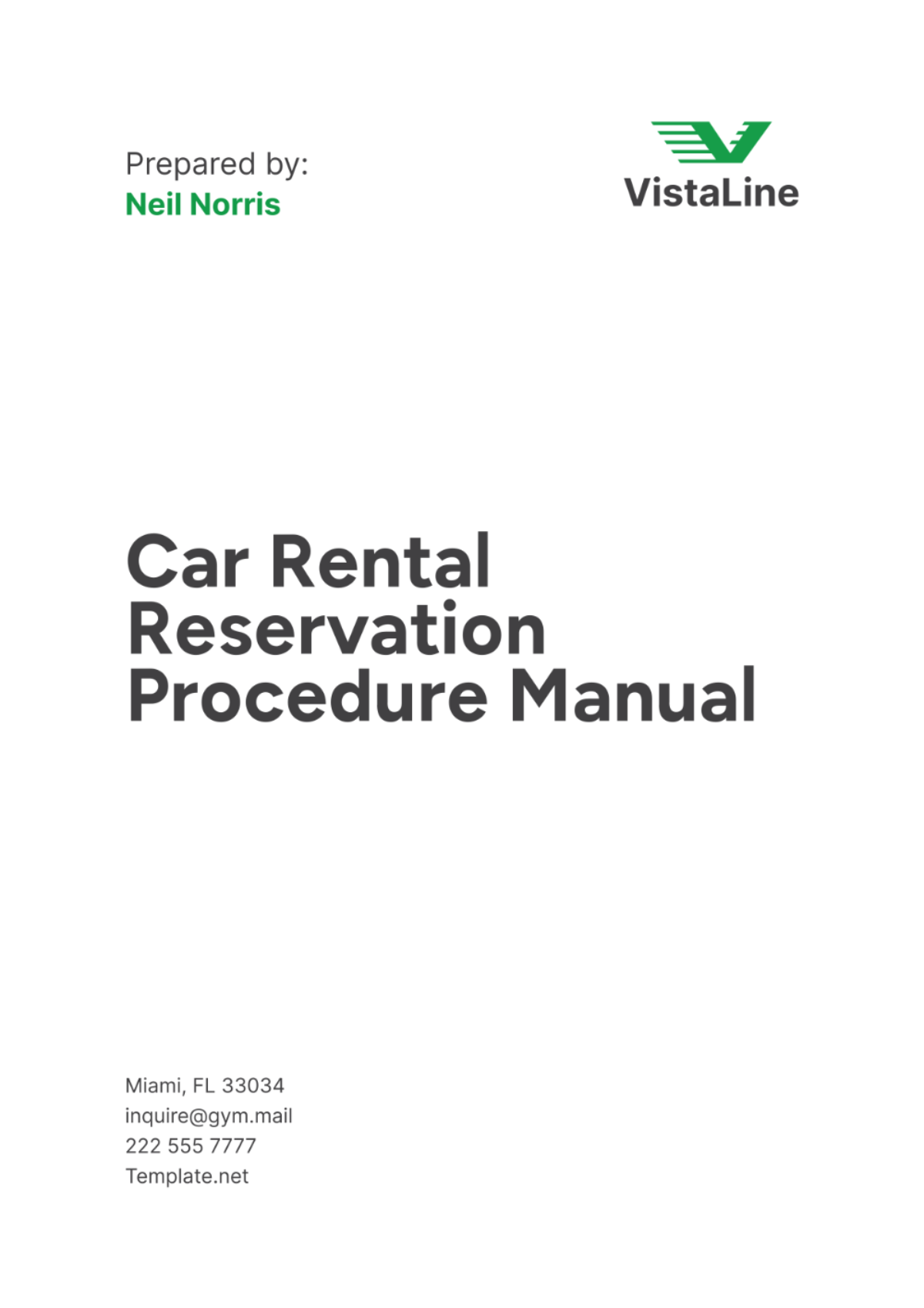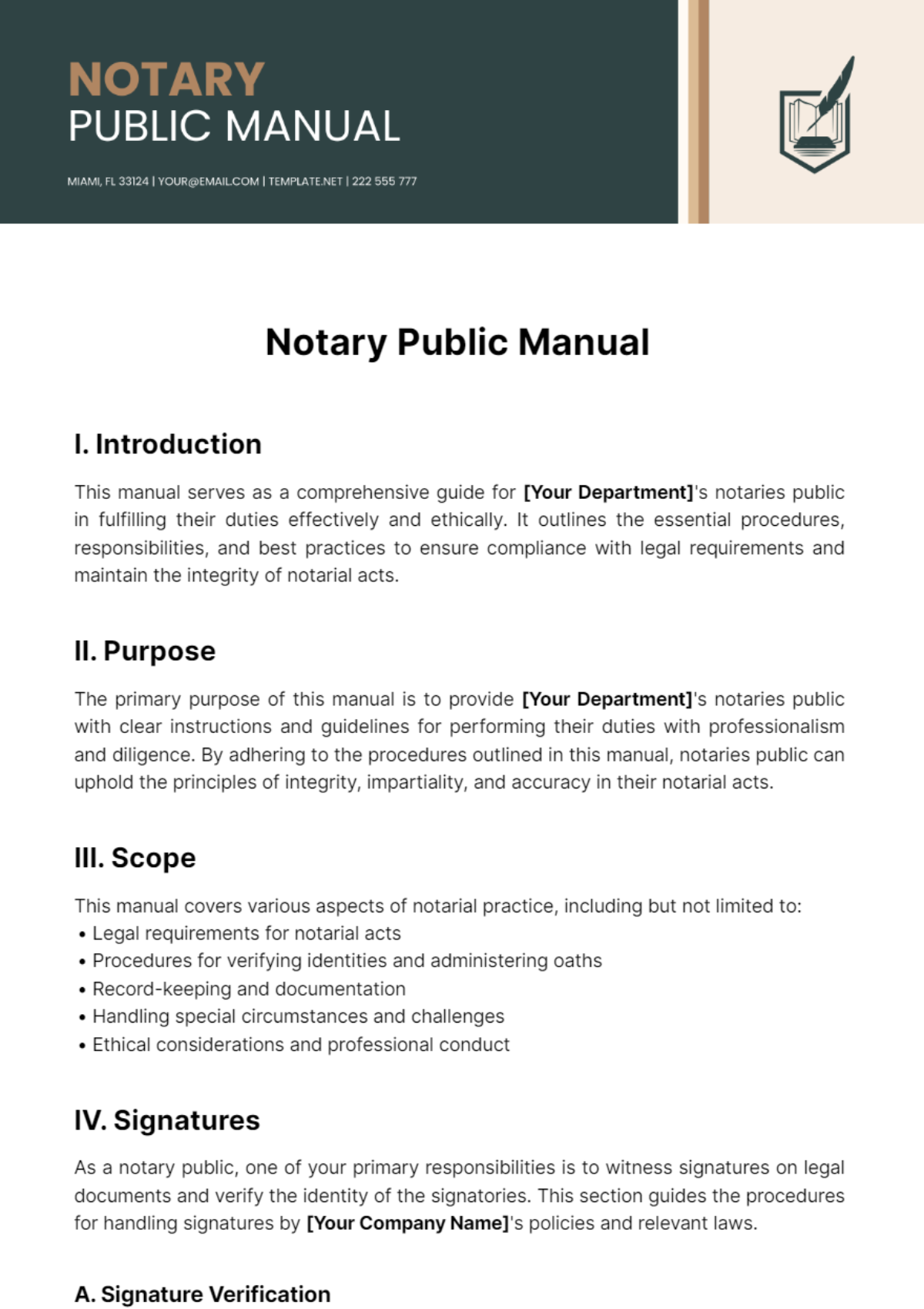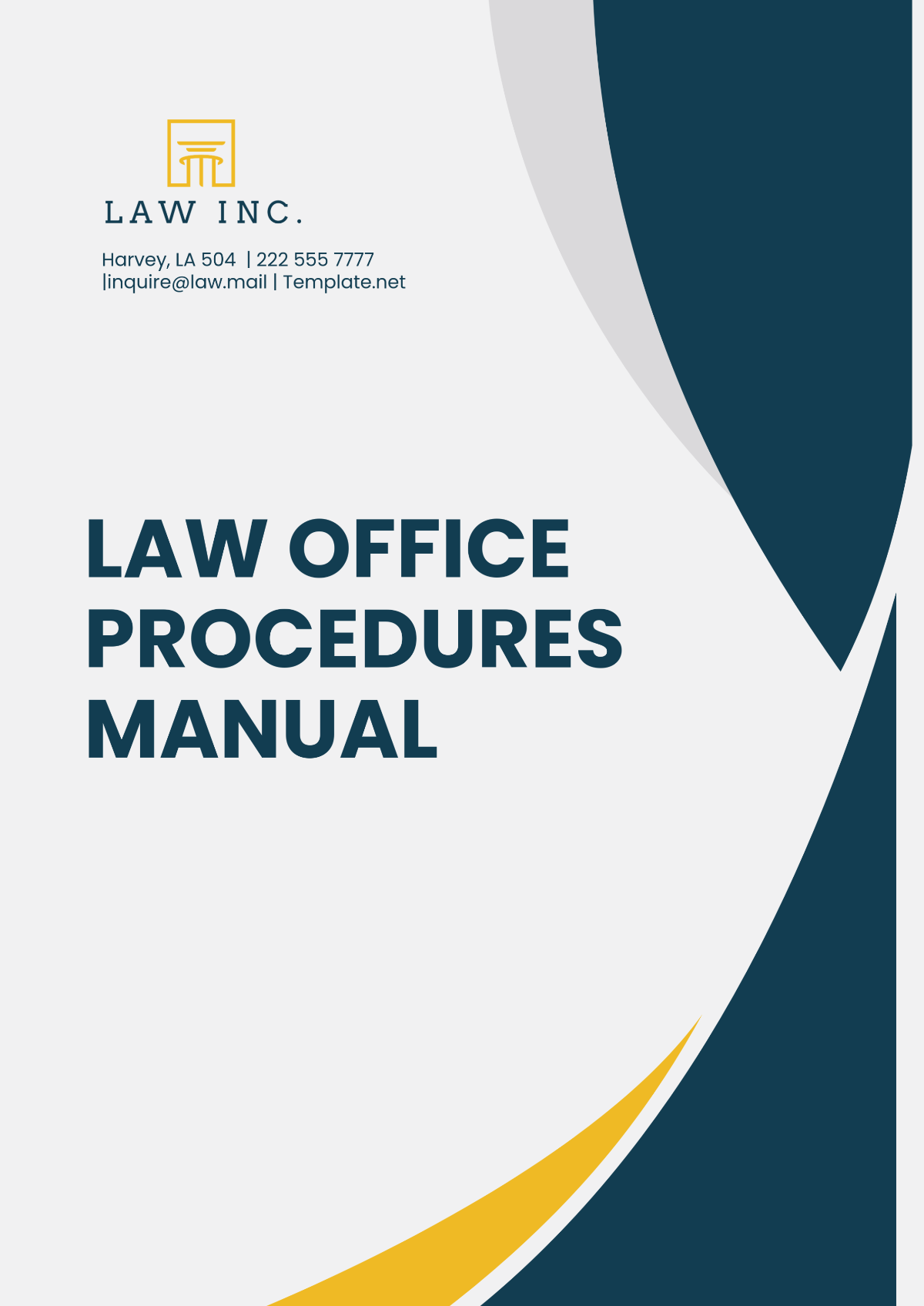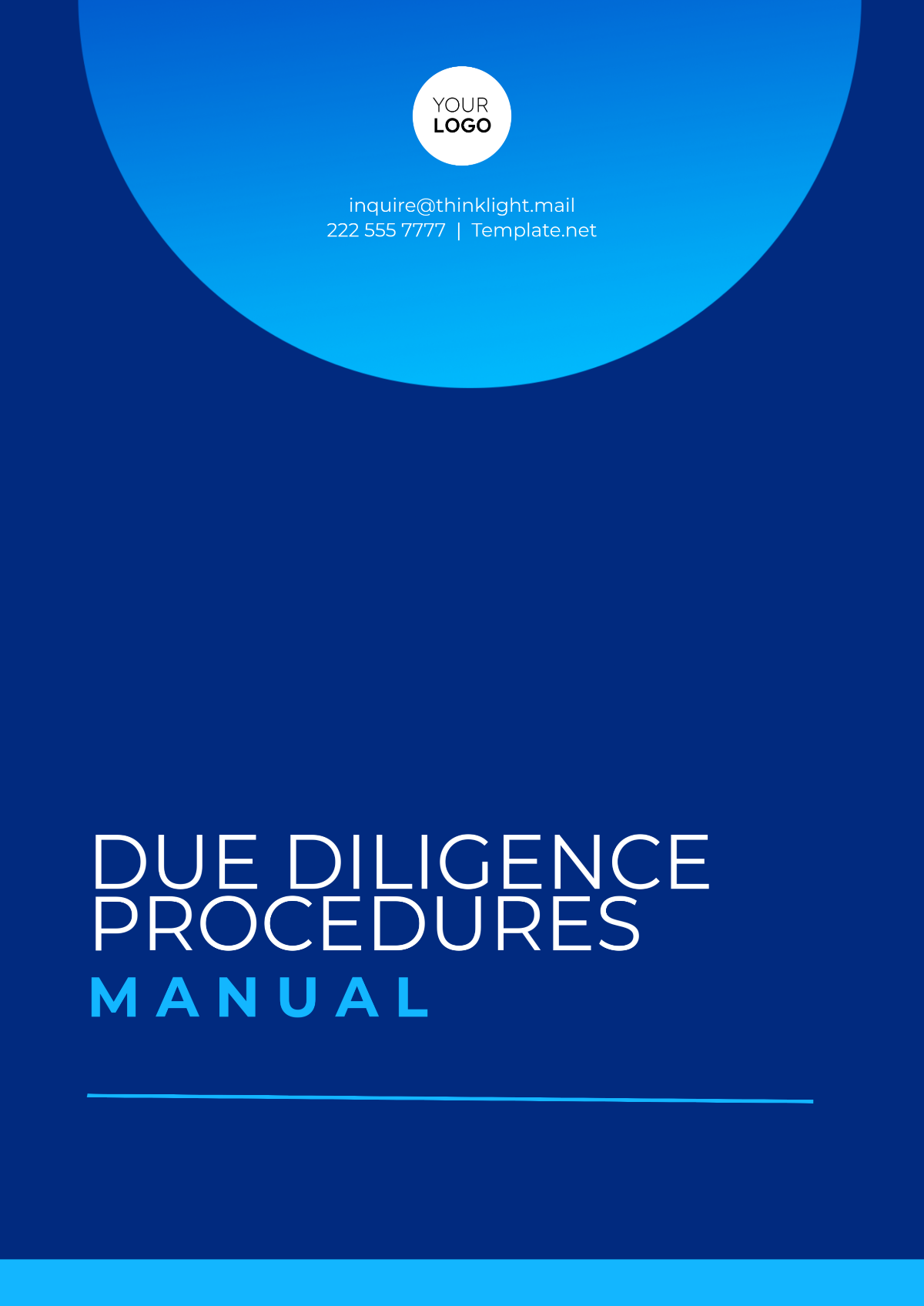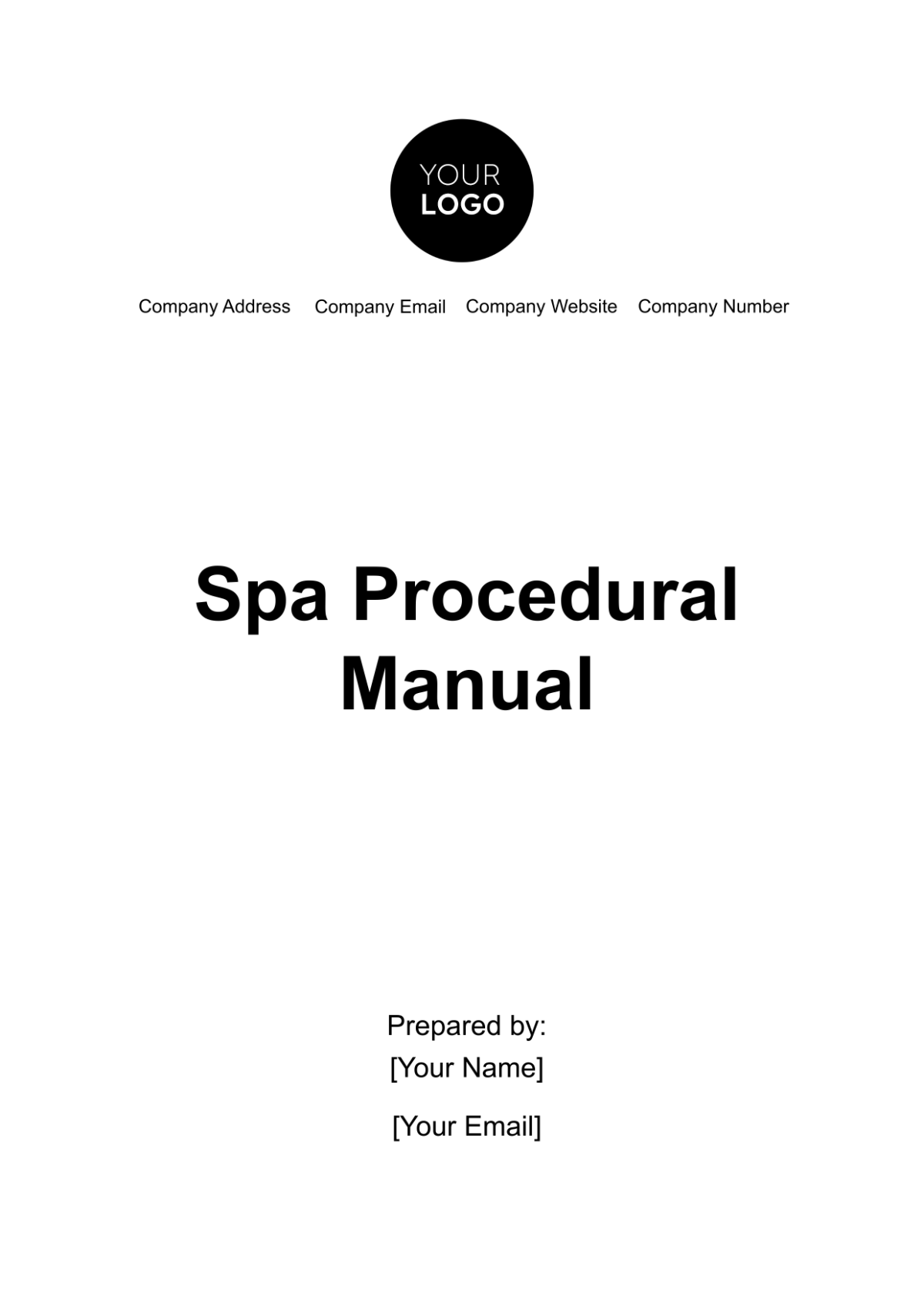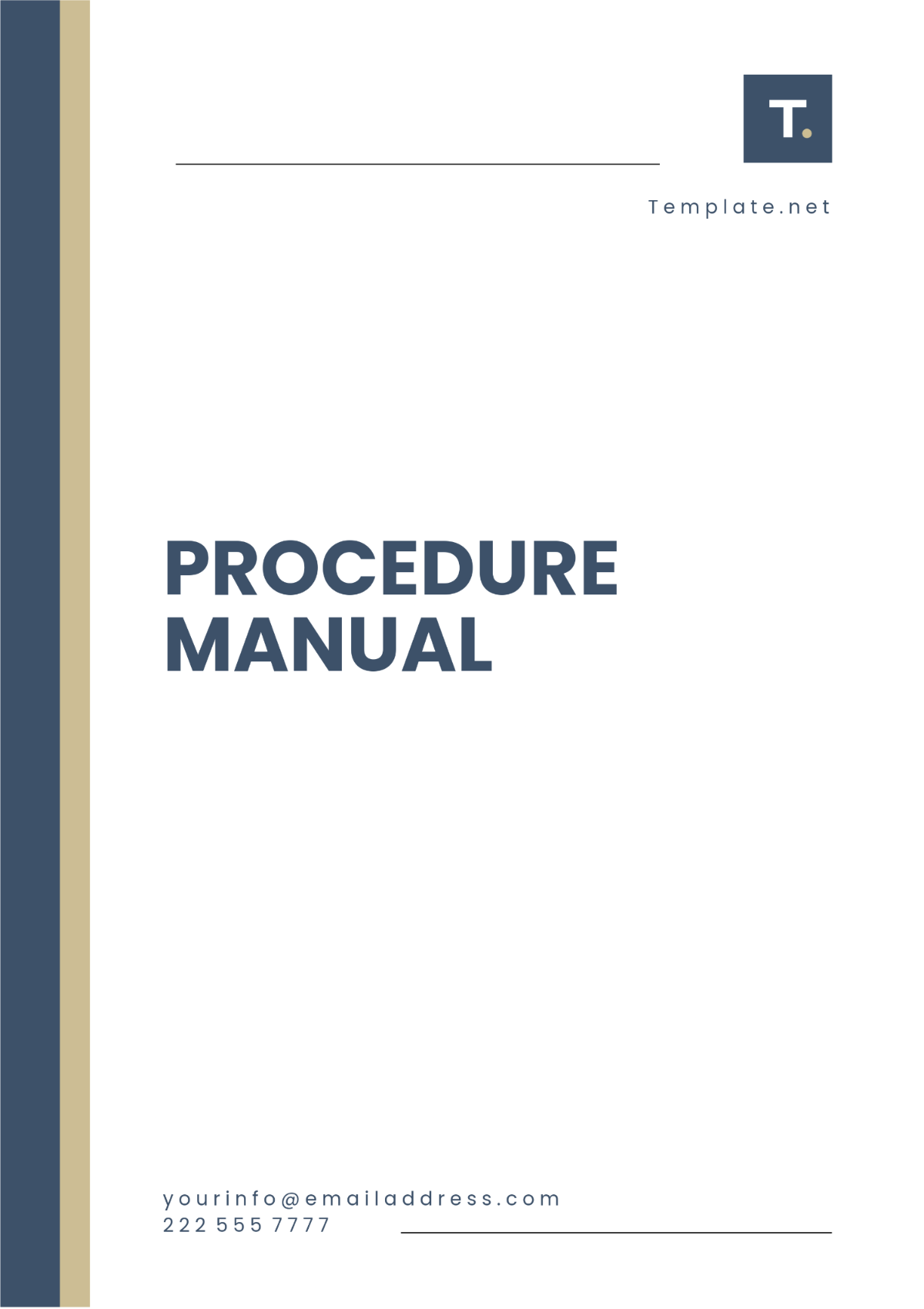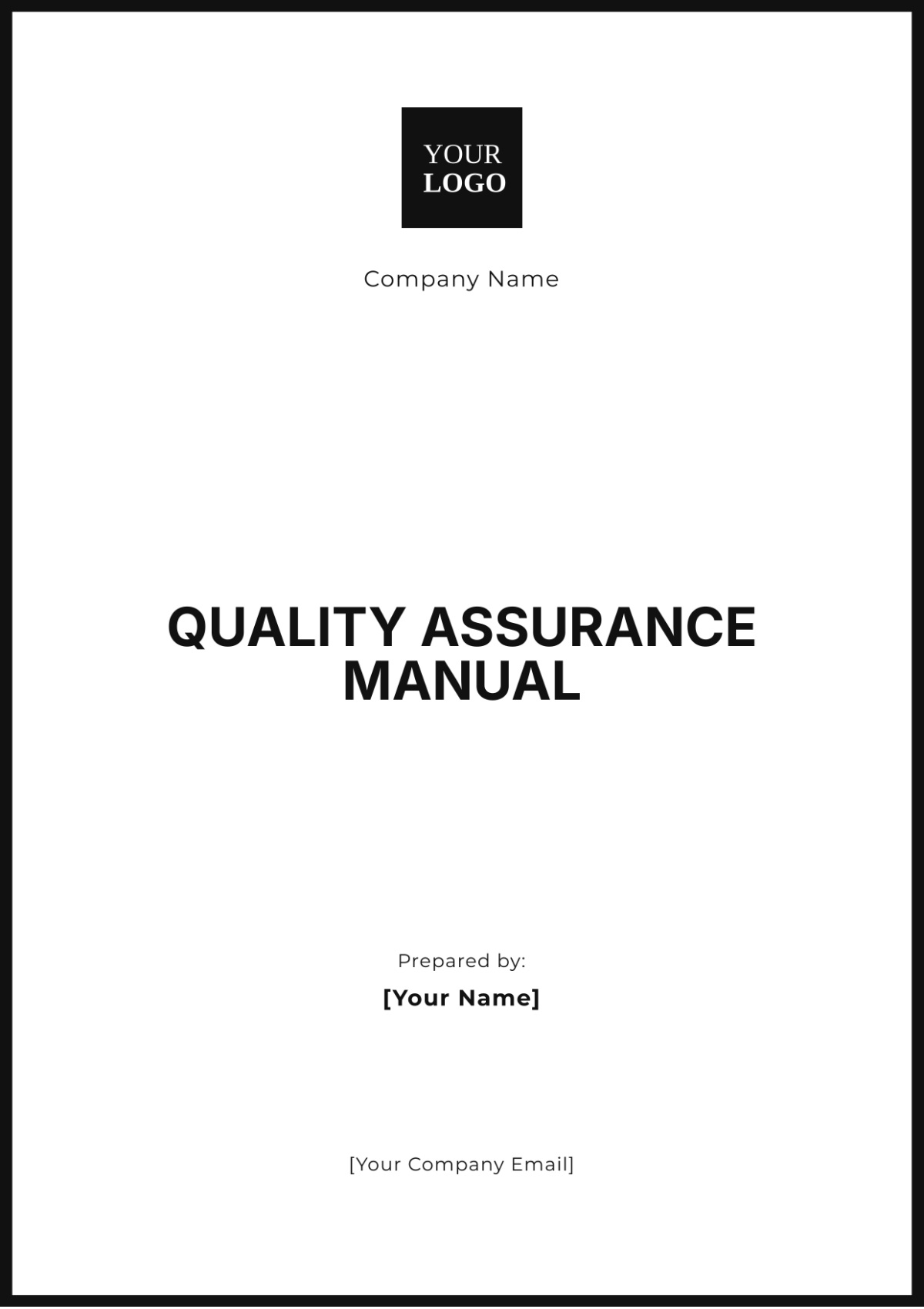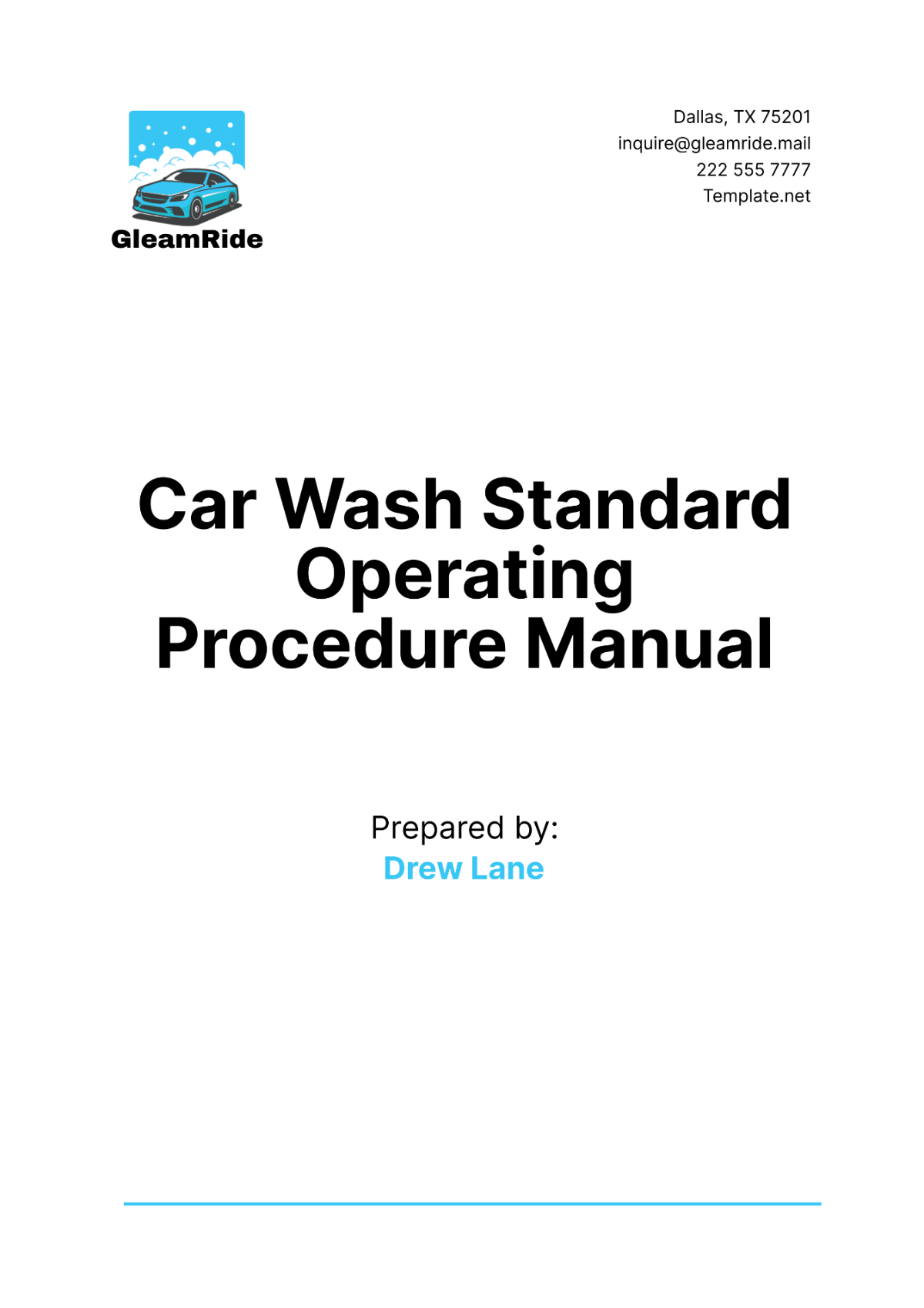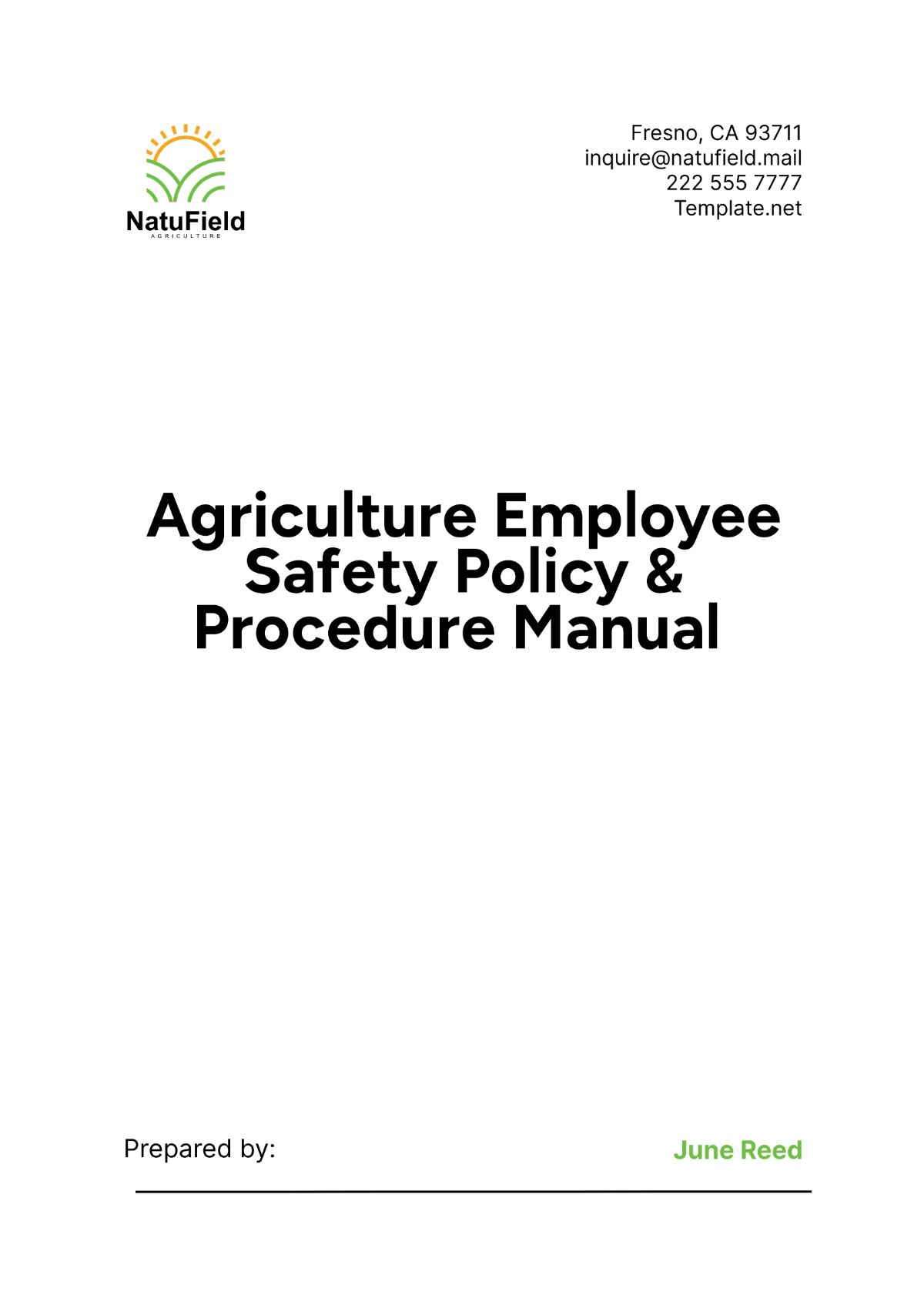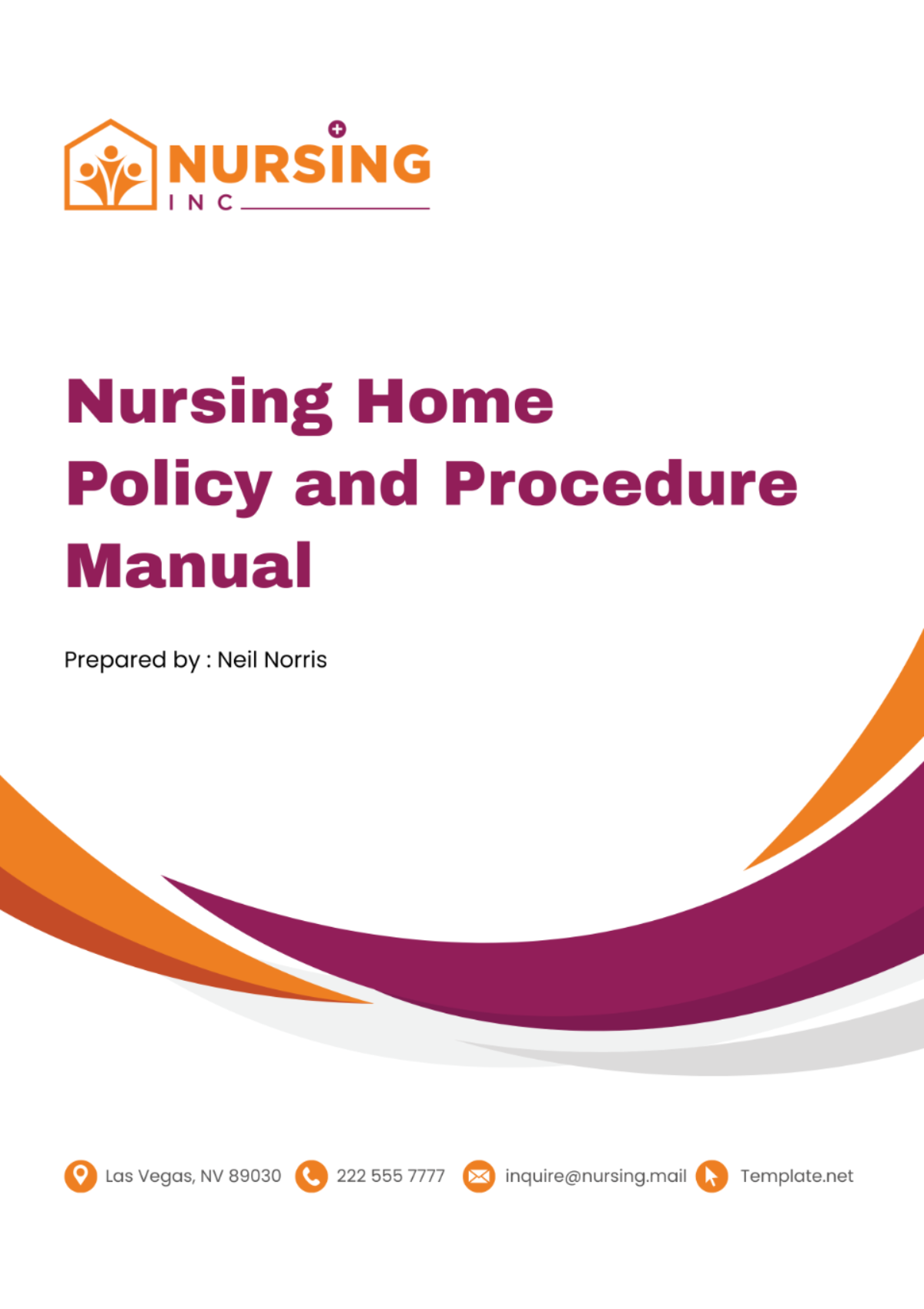KPI Setting and Monitoring Manual
Table of Contents
1. Introduction ............................................................................................................2
2. Objectives ..............................................................................................................2
3. Key Terms and Definitions ...............................................................................3
4. KPI Selection Criteria .........................................................................................4
5. Setting KPIs ...........................................................................................................5
6. KPI Categories ......................................................................................................5
7. Monitoring and Reporting .................................................................................6
8. Evaluation ...............................................................................................................7
9. Case Studies .........................................................................................................7
10. Appendices ..........................................................................................................9
1. Introduction
Welcome to the KPI Setting and Monitoring Manual for [Company Name]. This comprehensive manual is designed to serve as your go-to resource for understanding, selecting, and effectively monitoring Key Performance Indicators (KPIs) that are critical for assessing HR effectiveness and the broader success of the organization. As you may know, KPIs are essential tools in the HR toolkit. They offer quantifiable measures of performance and success, aligning individual, departmental, and organizational objectives. By implementing these indicators, HR professionals can make informed decisions, forecast trends, identify areas of improvement, and contribute substantially to organizational goals.
The importance of selecting the right KPIs cannot be overstated. They need to be not only measurable and actionable but also aligned with the strategic goals and values of [Company Name]. The aim of this manual is to provide you with a structured approach to choosing these indicators and using them in a manner that generates meaningful insights.
Whether you are new to KPIs or looking to refine your current processes, this manual will offer guidelines, best practices, and case studies to aid in your understanding and implementation. From setting up the criteria for KPI selection to the nitty-gritty of data analysis and reporting, this manual covers it all. So, let's embark on this journey to drive HR effectiveness and organizational success to new heights.
2. Objectives
The objectives of this KPI Setting and Monitoring Manual are multi-faceted and aim to provide a comprehensive understanding of the role, selection, and monitoring of Key Performance Indicators. Below are the detailed objectives:
Understand the Importance of KPIs: The first objective is to establish a foundational understanding of the critical role that KPIs play in an organization. In today's fast-paced business environment, having quantifiable metrics is essential for gauging the performance and effectiveness of various business activities. For HR professionals, KPIs help in managing recruitment, employee engagement, and many other crucial aspects of human resources. By the end of this section, you should be well-versed in why KPIs are not just useful but necessary for strategic decision-making.
Learn How to Set Meaningful KPIs: Once you understand the significance of KPIs, the next objective is to learn how to set meaningful ones. A good KPI should be Specific, Measurable, Achievable, Relevant, and Time-bound (SMART). This manual will guide you through the step-by-step process of identifying KPIs that are not only SMART but also aligned with the goals and values of [Company Name]. This includes criteria for selection, the involvement of various stakeholders, and ensuring that the KPIs are actionable and will drive real change.
Discover the Process of Monitoring and Evaluation: The final objective is to introduce you to the intricacies of KPI monitoring and evaluation. Setting a KPI is only the first step; tracking its performance over time is where the real work begins. This manual will detail how to effectively monitor your KPIs and evaluate them in the context of your organizational goals. This includes understanding how to collect data, how frequently to review KPIs, and how to interpret results to make informed decisions.
By fulfilling these objectives, this manual aims to empower HR professionals at [Company Name] to effectively use KPIs as a tool for continuous improvement and organizational success.
3. Key Terms and Definitions
Understanding the terminology is the first step toward effectively utilizing KPIs in your HR practices. Below is a table detailing some of the key terms and definitions you will encounter throughout this manual:
Term | Definition | Additional Details |
KPI | Key Performance Indicator, a measurable value that demonstrates how effectively a company is achieving key objectives. | KPIs are generally aligned with an organization's strategic goals and provide a focus for strategic and operational improvement. |
Metric | A standard of measurement. | Metrics are the quantitative measures that feed into KPIs. They can be financial, like revenue, or non-financial, like customer satisfaction scores. |
Benchmark | A standard or point of reference against which KPIs can be compared. | Benchmarks can be internal, comparing performance against past performance, or external, comparing against industry standards or competitors. |
By familiarizing yourself with these key terms, you will be better equipped to understand the more intricate aspects of KPI setting and monitoring as you progress through this manual.
4. KPI Selection Criteria
Selecting the right KPIs is a critical task, as it will directly impact how performance is gauged and improvements are made within the HR department of [Company Name]. Below are the key criteria you should consider when selecting KPIs:
Relevance: A KPI should be relevant to the department's goals and objectives. The KPI must directly relate to a strategic goal that is important for the success of the organization. For instance, if one of the goals is to improve employee retention, a relevant KPI might be the employee turnover rate.
Measurability: It's vital that a KPI can be measured accurately and consistently. Inconsistent or incorrect measurements can lead to misleading results and poor decision-making. Whether you're using percentages, financial values, or any other form of measurement, ensure that the data can be reliably sourced and calculated.
Time-bound: Every KPI should have a defined time frame for evaluation. Whether it's weekly, monthly, or annually, the period should be chosen based on the nature of the KPI and the business goals it supports. For example, a KPI like 'time to hire' would likely be measured on a monthly basis to track effectiveness of the recruitment process.
Actionable: Finally, a good KPI should be actionable. This means that the KPI not only tells you what's happening but also provides insights that can be acted upon. A KPI should drive specific actions that will improve performance. If a KPI shows that employee engagement has dropped, for example, there should be actionable steps that can be taken to improve this metric.
By following these criteria, you ensure that the KPIs you select are not just indicators but tools for strategic action and improvement.
5. Setting KPIs
The process of setting KPIs is foundational to how they will eventually be used for monitoring and evaluation within the HR department of [Company Name]. It’s not simply a matter of picking a metric and tracking it; the selection process must be thoughtful and strategic. Below are the critical steps involved in setting KPIs effectively:
Needs Analysis: Determine What You Need to Measure
Before jumping into selecting KPIs, conduct a thorough needs analysis to identify the critical areas that require measurement. This step allows you to focus on what's essential for the department and the organization as a whole. For instance, if employee turnover is a concern, a KPI focusing on retention rates may be necessary.
Alignment: Ensure Alignment with Organizational Goals
A well-chosen KPI is one that aligns with the broader organizational goals. This alignment ensures that the HR department is working in tandem with the company's overall strategy, thus adding value to the business. For example, if the organization aims to become a leader in customer service, a KPI related to employee training in customer relations would be aligned.
Specificity: Be Specific in What You Want to Achieve
General KPIs are less effective in driving particular actions. The more specific you can be about what you want to achieve, the more likely you are to achieve it. Instead of a vague KPI like “improve employee satisfaction,” aim for something more specific, like “increase employee satisfaction scores by 15% in the next quarter.”
By focusing on these aspects during the setting phase, you'll ensure that your KPIs are not just indicators, but true drivers of performance improvement.
6. KPI Categories
Understanding KPI categories is pivotal for a structured and effective monitoring strategy within [Company Name]'s HR department. KPIs can be divided into various categories depending on the area of HR they most significantly impact. This organizational scheme provides clarity and helps HR professionals focus on different aspects of their roles simultaneously. Below is a table outlining common KPI categories, along with example KPIs for each category.
Category | Example KPI |
Employee Engagement | Annual Employee Survey |
Retention | Turnover Rate |
Training | Training Costs |
Employee Engagement: This KPI measures the emotional commitment and enthusiasm employees have towards their work, typically captured through an annual employee survey.
Retention: Retention KPIs, such as turnover rate, help HR to monitor how well the company is retaining its talent. A high turnover rate may indicate dissatisfaction among employees and could warrant immediate action.
Training: KPIs in this category, like training costs, evaluate the investment made in the skill development of employees. It helps HR leaders balance the need for employee development with budgetary constraints.
By understanding and utilizing these categories, HR professionals at [Company Name] can implement a more holistic and targeted approach to performance management.
7. Monitoring and Reporting
To ensure that KPIs are actively contributing to [Company Name]'s objectives and strategies, consistent monitoring and reporting are crucial. Below are the key aspects of the Monitoring and Reporting process:
Data Collection: Utilizing [Software Name] allows for seamless and accurate data collection. This specialized software not only automates the data gathering process but also ensures data integrity and compliance with privacy regulations.
Data Analysis: Data should be analyzed at regular intervals—monthly, quarterly, and annually—to detect trends, gaps, and areas for improvement. The frequency of the analysis may depend on the nature of the KPI and its relevance to immediate decision-making.
Reporting: Transparent and timely reporting is crucial for stakeholder engagement. Reports will be sent to relevant stakeholders via [Company Email]. These reports will include not only the data but also insights and action plans derived from the analysis.
By systematically following these procedures, [Company Name]'s HR department can keep stakeholders informed and contribute to data-driven decision-making processes.
8. Evaluation
Effective KPI management involves regular evaluation to ensure that the metrics are yielding useful insights and driving positive changes within the organization. Below are some essential elements in the Evaluation process for KPIs at [Company Name]:
Review: KPIs are not set in stone; they must be regularly reviewed to ensure their relevance and effectiveness. Scheduled reviews should occur at the end of each reporting period (monthly, quarterly, annually), or sooner if significant changes occur in the business environment or company strategy.
Adjust: Following the review, it may be necessary to adjust KPIs. This could involve altering the metrics used, setting new benchmarks, or discontinuing KPIs that are no longer relevant. Such adjustments ensure that the KPIs remain aligned with organizational goals and objectives.
Accountability: For a KPI to be effective, someone has to be responsible for its monitoring and achievement. Therefore, KPI ownership will be assigned to specific [Job Position(s)]. The owner will be responsible for data collection, monitoring, and initiating corrective actions if the KPI is not meeting its target.
By paying attention to these elements in the evaluation phase, [Company Name] can maintain a dynamic and effective KPI monitoring system that evolves with the needs of the organization.
9. Case Studies
To better illustrate the practical applications and benefits of using KPIs effectively, we have compiled a couple of case studies. These studies provide real-world examples of how KPI setting and monitoring have led to tangible improvements within organizations. Below is a detailed table outlining these case studies:
Case Study | Objective | KPI Used | Outcome | Key Learnings |
Case Study 1: How KPIs improved retention | To reduce employee turnover | Turnover Rate | Reduced turnover by 25% in six months | Properly aligned KPIs can directly impact employee retention |
Case Study 2: Using KPIs to increase employee engagement | To enhance engagement among employees | Annual Employee Survey | 15% increase in employee engagement scores after one quarter | Employee engagement can be positively influenced by targeted KPIs |
Case Study 1: How KPIs Improved Retention
Objective: To significantly reduce the turnover rate within a specific department
KPI Used: Turnover Rate
Outcome: By focusing on this KPI and implementing initiatives like better onboarding processes and career development programs, the company reduced its turnover rate by 25% within six months.
Key Learnings: This case study demonstrated how precisely defined and closely monitored KPIs can have a direct impact on employee retention rates.
Case Study 2: Using KPIs to Increase Employee Engagement
Objective: To improve the levels of engagement and job satisfaction among employees
KPI Used: Annual Employee Survey
Outcome: By closely monitoring this KPI and implementing employee satisfaction programs, the company was able to raise its employee engagement scores by 15% after just one quarter.
Key Learnings: This highlights the value of using KPIs to set specific, measurable goals for improving employee engagement and job satisfaction.
10. Appendices
To assist you further in your KPI Setting and Monitoring journey, we have included some mock sample resources that can be customized according to the specific needs of your department or organization. These samples include lists of potential KPIs, monitoring tools, and reporting templates.
Sample KPIs
KPI Name | Description | Time Frame | Responsible Department |
Employee Satisfaction | Measures the satisfaction level of employees through a survey | Quarterly | HR |
Time to Hire | Time taken to hire an employee from the date of the job opening | Monthly | Recruitment |
Training Completion Rate | Percentage of employees completing training programs | Semi-annual | Learning & Development |
Monitoring Tools
Tool Name | Vendor | Purpose | Frequency of Use |
[Software Name] | [Vendor Name] | Data Collection and Analysis | Daily |
HR Dashboard | In-house | Visual representation of KPIs | Weekly |
Employee Survey Tools | Third-party | Collecting employee satisfaction data | Quarterly |
Reporting Templates
Monthly KPI Report: This Excel spreadsheet contains tabs for each major department in [Company Name], allowing you to quickly update and visualize your KPIs.
Quarterly Business Review (QBR) Template: A PowerPoint presentation layout that provides the framework for presenting KPIs to stakeholders every quarter.
Annual Report Template: A comprehensive Word document that includes all KPIs monitored throughout the year, aimed at providing a year-end overview for senior management.
Feel free to customize these resources as needed, and please reach out to the [Company Email] if you have any questions or need further assistance.
This KPI Setting and Monitoring Manual aims to serve as a comprehensive resource for HR professionals at [Company Name] in order to achieve our organizational objectives and enhance performance.
For further information, please contact
[Names] at [Personal Email] or [User Phone].
[Date]
This manual is designed to be a dynamic document, subject to updates and revisions as needed. Always check [Company Website] for the most current version.












